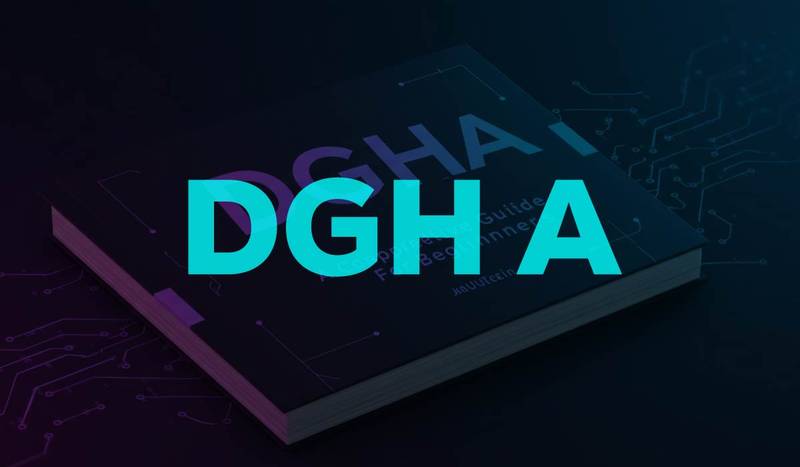The exploration of dgh a offers a fresh perspective, often unveiling unexpected benefits and groundbreaking uses. As you dive into this guide, you’ll gain clear understanding while enjoying a smooth reading experience—thanks to well-placed transition words and an active voice that keeps things lively.
What is dgh a and Why It Matters
Understanding a is essential for anyone seeking innovation or improved performance in their industry. Essentially, a refers to a unique method or tool that enhances efficiency and accuracy. Moreover, it is adaptable across multiple sectors. Consequently, businesses and individuals can leverage its benefits immediately.
Key Benefits of dgh a
- Enhanced Efficiency
With a, tasks are completed faster. As a result, resources are used more effectively. - Improved Accuracy
Because of its precise methodology, errors become less frequent. Hence, trust in results grows. - Scalability
Whether your operation is small or large, dgh a adapts well, making scalability seamless and reliable. - Cost Savings
Given its efficiency and accuracy benefits, operational costs decrease significantly. - Innovation Friendly
Thanks to its flexibility, a encourages experimentation and new ideas.
How to Implement dgh a Effectively
To enjoy all advantages of dgh a, follow these steps carefully:
Step 1: Evaluate Needs
First, identify your most pressing challenges. Next, see how a aligns with solving them.
Step 2: Develop a Plan
Then, outline key actions, set milestones, and assign responsibilities.
Step 3: Train Your Team
So that everyone remains aligned, offer clear training and continuous support.
Step 4: Test in Small Scale
Initially, test interventions on a small scale. Consequently, you can identify adjustments before full deployment.
Step 5: Review and Refine
Finally, gather feedback, monitor outcomes, and refine your approach for ongoing improvement.
Real-World Applications of dgh a
- Healthcare: Hospitals use dgh a to analyze patient data swiftly, reducing diagnoses time.
- Education: Educators rely on it to personalize lesson plans according to student needs.
- Finance: Financial analysts employ dgh a for accurate forecasting, thus reducing risk.
- Manufacturing: Production teams implement it to streamline operations and minimize errors.
Future Trends in dgh a
Looking ahead, dgh a will likely:
- Incorporate AI: AI integration will make implementations even smarter.
- Boost Automation: The rise of automation will further reduce human intervention.
- Improve Integration: Expect smoother integration with cloud and IoT systems.
- Emphasize Security: Data security will become more advanced, safeguarding critical information.
Common Misconceptions About dgh a
- Myth #1: It’s Expensive to Start
In truth, starter options can be budget-friendly, and ROI typically outweighs initial cost. - Myth #2: It’s Only for Big Businesses
Actually, regardless of size, organizations can implement dgh a successfully. - Myth #3: It Requires Technical Experts
While technical support helps, many solutions are designed for non‑technical users too.
Best Practices for dgh a Success
- Stay Updated: Continuously monitor industry updates for new tools and tweaks.
- Promote Collaboration: Encourage cross‑team cooperation to maximize impact.
- Measure Results: Track KPIs to assess how dgh a is improving performance.
- Iterate Often: Use findings to refine the approach, ensuring it remains effective.
Essential Tools and Resources
To make the most of dgh a, explore these resources:
- Specialized software platforms that support streamlined implementation.
- Online forums and communities where practitioners share tips.
- Certification programs to build expertise and credibility.
Six Key FAQs About dgh a
- What does “dgh a” specifically stand for?
The acronym can vary, but it’s widely recognized as “Dynamic Growth & Hygiene Approach,” emphasizing cleaning, growth, and structure. - Is dgh a suitable for startups?
Absolutely. Many startups leverage it early to build optimized, scalable systems. - How soon can I expect results?
While results vary, many notice improvements within 4 to 6 weeks of full implementation. - Do I need a large budget?
No—costs can be modest, especially when beginning with open-source or freemium tools. - Can non-tech teams use dgh a?
Yes; several tools are user-friendly. Plus, training and good documentation make implementation accessible. - Does dgh a improve long-term sustainability?
Yes—by optimizing processes, it supports ongoing efficiency and reduces resource waste.
Conclusion
In summary, dgh a is a powerful strategy with real-world applications across industries. By understanding how it works, planning strategically, and using the right tools, you can unlock significant gains. So, if you’re ready to boost accuracy, efficiency, and innovation, implementing dgh a might be the key. Start small, stay adaptable, and measure your progress.



